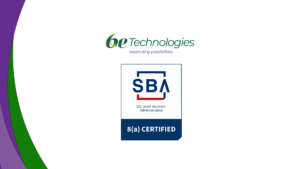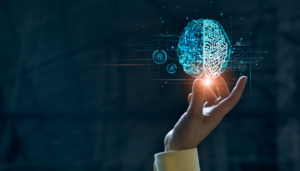It’s hard to imagine a world where technology never exists. But in today’s world, it’s almost impossible to see a time when technology didn’t exist.
Did you know that the human brain processes visual information 60,000 times faster than text? In today’s digital age, where most people are used to consuming their content in short bursts of text (140 characters or less), an increasing number of businesses are starting to take into account the hottest trends sweeping throughout the industry. Here we will break the future trends to understand where the world is heading. It’s hard to predict accurate numbers, but you can get a good idea of where things are headed by looking at technology that has the most potential in the long term.
Augmented reality has exploded onto the scene in the last few years, first to capture attention and now to create widespread change. It is a technology used in both new and existing fields. Technology is becoming more advanced, more accessible, and cheaper. By 2023, most public sector organizations will likely make use of one or both technologies.
Predictive maintenance is mandatory for industries to incorporate into their digital transformation initiatives. Regardless of your industry, your business model needs to consider how you can integrate predictive maintenance solutions. Imagine if you could prevent equipment failures before they happened. The primary goal of predictive maintenance has been around for decades but is currently attracting much attention as digitalization drives grander scale, operational efficiency, and cost-cutting. As technology gets smarter, so should the ways we manage it. Predictive maintenance will become an essential service in some time.
The citizen developer movement will push individuals further into the development conversation and help compact technology into smaller spaces. By 2023, as per Gartner, there will be a need for customized solutions; businesses will use low-code or no-code technologies to build around 70% of new applications. In the process, no-code will continue to democratize and empower employees to develop their apps and create robots as per the need of the business. Operational technology (OT) and information technology (IT) are two distinct worlds. Whereas IT is the foundational technology of any industry, OT is the actual nuts and bolts—from plant floor equipment that monitors and controls every aspect of manufacturing processes to in-vehicle apps connected to the car’s engine.
Conversational AI is changing customer service and adapting to personalize the customer experience using these solutions. Businesses are exploring solutions that make their interactions more human by increasing customer engagement. Conversational AI will be a large part of digital transformation in the next decade. You need to start planning how your business can use it to improve its customer service offering. Artificial intelligence has been a part of our lives for a while, but AI is gaining more momentum each day and has become more powerful.
Digital transformation trends will identify changing consumer behaviors and preferences. Also, technologies of 5G networks, artificial intelligence (AI) to virtual reality, and blockchain would rise at one end and can act as the game changer for IoT in the coming years. The pace of digital transformation is accelerating and comes with many benefits. However, there are also some perceived challenges that some may still need to consider. You will likely be involved in this process as an information technology leader. Therefore, the best thing to do is be prepared for your digital transformation journey. Does something need to be added to the list? We would love to hear your thoughts.







